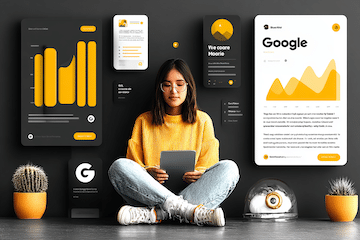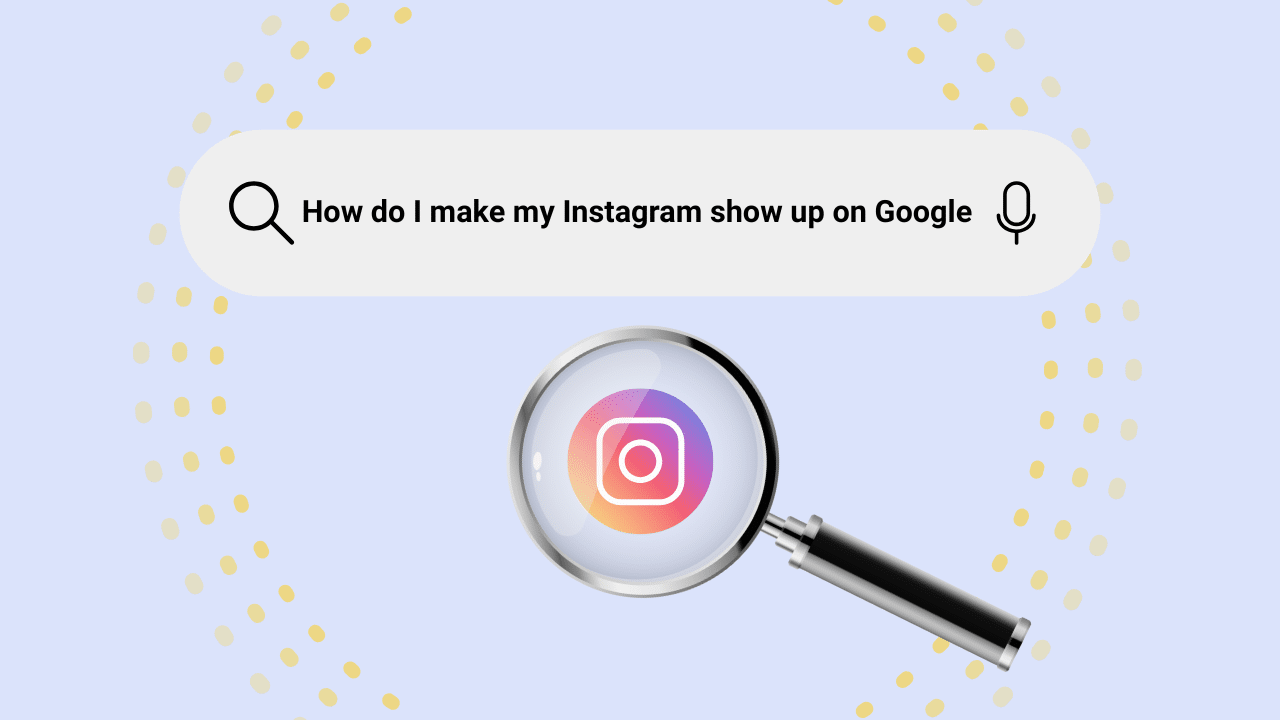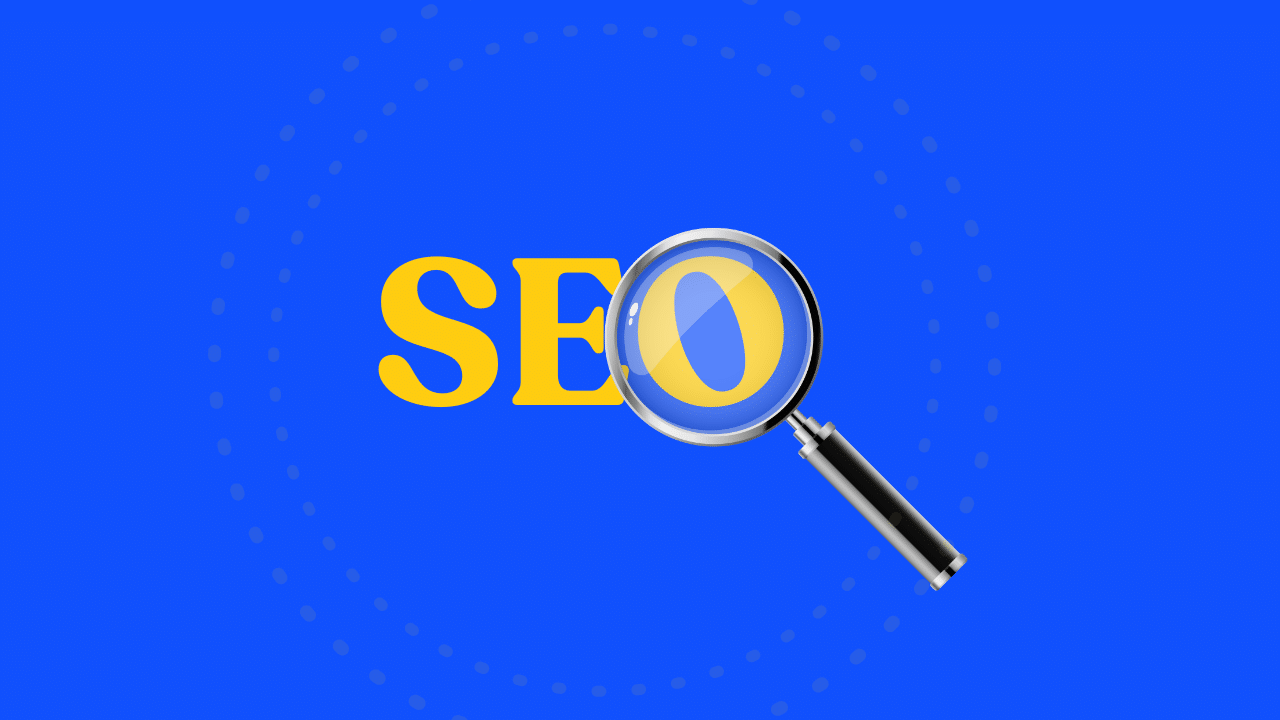
- SEO Strategy, Search Engine Optimisation, Technical SEO
Recent articles
our mailing list
On-Page SEO: Proven Tips to Elevate SME Rankings

Welcome to the world of on-page SEO, where small and medium-sized enterprises (SMEs) can significantly boost their online presence. WTF is On-page SEO you may be asking? How does it differ from good old fashioned SEO? On-page SEO is all about optimising various elements within your website to improve your search engine ranking. For SMEs, mastering on-page SEO can make a big difference in your brand’s visibility online, enable you to compete with larger businesses and attract more potential customers. Read on to find the best practices for on-page SEO and learn how to adapt on-page SEO to your business strategy.
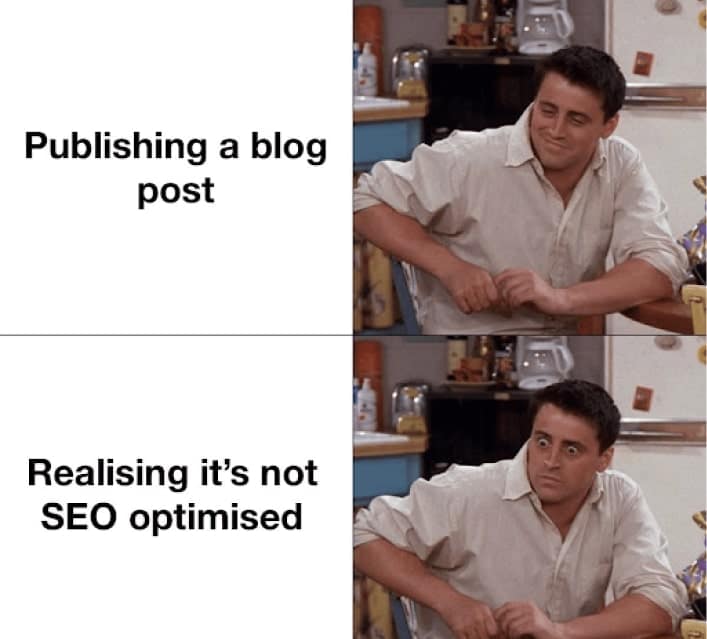
Understanding On-Page SEO for Small Businesses
On-page SEO refers to the practice of optimising individual web pages to rank higher in search engine results and attract more relevant traffic. It involves fine-tuning various on-page elements such as content, HTML tags, and internal links to make your website more appealing to both users and search engines.
Why is on-page SEO so important? Well, it helps search engines understand the content of your web pages, making it easier for them to index and rank your site. For SMEs, this means higher visibility, more organic traffic, and ultimately, more business opportunities. By focusing on on-page SEO, you can ensure that your website meets the needs of your audience while also adhering to search engine guidelines.
While on-page SEO deals with optimising elements within your website, it differs from other types of SEO such as off-page and technical SEO. Off-page SEO focuses on activities outside your website, like building backlinks and social media marketing, to improve your site’s authority and credibility. Technical SEO, on the other hand, involves optimising the backend structure of your website to enhance its performance and crawlability. Together, these components form a comprehensive SEO strategy, but on-page SEO is the foundation upon which everything else is built.
Essential On-Page SEO Tips for SMEs
There are a lot of ways to use on-page SEO to improve your website’s search engine positioning. This can be overwhelming for small businesses looking for SEO advice.So that’s why we’ve collected the fundamental info for SMEs, breaking down the essential on-page SEO tips into easy-to-follow steps. By implementing these tips, you can improve your search engine ranking and ensure your site stands out in search results.
Optimising Title Tags and Meta Descriptions
Title tags and meta descriptions might seem like small details, but they play a crucial role in your SEO strategy. These elements are often the first thing users see in search engine results, so making them compelling can significantly impact your click-through rates.
Title tags are HTML elements that define the title of a web page. They appear in search engine results as the clickable headline and also at the top of your web browser.
Meta descriptions are snippets of text that provide a brief summary of a web page’s content. They appear below the title tag in search results and can influence whether users decide to click through to your site. While meta descriptions don’t directly affect rankings, they can impact user engagement and click-through rates.
Here are same basic tips to keep in mind when creating meta descriptions and title tags:
- Be Descriptive and Specific: Clearly describe the page’s content and use language that aligns with the search query intent.
- Include Target Keywords: Incorporate the primary keyword into the title tag and meta description for better search engine understanding.
- Keep It Concise: Title tags should be 50-60 characters each, while descriptions should be 150 – 160 characters in length.
- Use Action-Oriented Language: Encourage clicks with phrases like ‘Learn more,’ ‘Discover,’ or ‘Get started.’
- Make It Unique: Ensure unique title tags and descriptions for each page.
Using Headings Effectively
Headings or header tags play a pivotal role in on-page SEO by providing structure and clarity to your content. Moreover, they play an essential role in helping search engines understand the hierarchy and main topics of your page.
The roles of each title are:
- H1 Header Tag: Also known as the Hero heading or title, this is the most important heading on your page and should be used for the main title. There should only be one H1 tag per page, as it signals the primary topic of your content to search engines.
- H2 Header Tags: These are used for major section headings within your content. They break up your content into digestible parts and provide a secondary level of importance.
- H3 Header Tags: These are used for subheadings within H2 sections. They help to further organise content and provide additional structure.
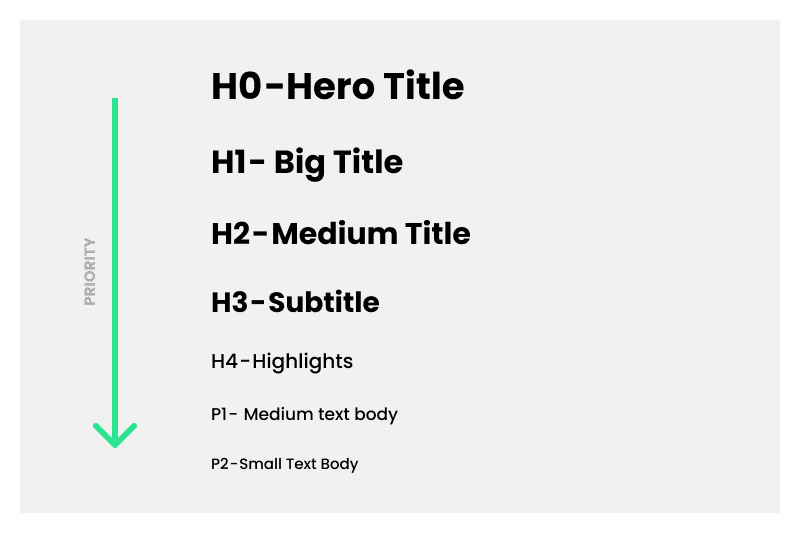
To optimise your headings for SEO, incorporate your primary keyword in the H1 tag and related keywords in H2 and H3 tags to help search engines understand the relevance of your content. Additionally, ensure your headings clearly describe the content that follows to improve user experience and assist search engines in indexing your page correctly.
Remember to use headings in a logical order (H1 followed by H2, then H3) to avoid confusing both users and search engines and break up long text with headings to make your content more readable, which not only improves user experience but also helps search engines crawl your content more effectively. FInally, keep your headings relevant to the content they precede to avoid misleading users and negatively impacting your search engine positioning improvement.
Enhancing URL Structure
Concise and descriptive URLs play a significant role in improving search engine ranking. They provide a clear indication of the page’s content to both users and search engines, enhancing the relevance and credibility of your site.
- User Experience: Concise URLs are easier for users to read, remember, and share. When users can quickly understand the content of a page from its URL, it improves their overall experience on your site.
- Search Engine Crawling: Search engines prefer URLs that clearly describe the content of the page. A well-structured URL can help search engines index your pages more effectively, leading to better rankings.
- Click-Through Rates: Descriptive URLs can also improve your click-through rates from search engine results pages. When users see a URL that matches their search intent, they are more likely to click on it.
Tips for Creating SEO-Friendly URLs
Now you understand the importance of having concise URls, here are the best practices for creating SEO-friendly URLs to improve your search engine ranking:
- Keep It Simple and Clear: Your URLs should be easy to read and understand, both for users and search engines. Avoid using complex structures or unnecessary parameters. A clear and straightforward URL structure improves the user experience and helps search engines crawl your site more efficiently.
- Include Relevant Keywords: Incorporate your primary keyword into the URL to signal to search engines what the page is about. This can enhance the relevance of your content in search results. For example, a URL like www.example.com/seo-tips-for-small-business is more effective than www.example.com/page123.
- Use Hyphens to Separate Words: Use hyphens (-) to separate words in your URLs rather than underscores (_) or spaces. Hyphens are recognised by search engines as word separators, making it easier for them to parse the content of the URL.
- Avoid Special Characters and Numbers: Keep your URLs free of special characters, symbols, and numbers that don’t provide meaningful context. These elements can confuse users and search engines, making your URLs less effective.
- Keep It Short and Descriptive: While it’s important to include relevant keywords, URLs should also be concise. Long, convoluted URLs can be off-putting and harder for users to remember or share. Aim for a balance between being descriptive and keeping the URL short.
Image Optimisation for SEO
Optimising images is essential for enhancing your website’s SEO. Properly optimised images improve load times and user experience, which are critical factors for search engine rankings. Images can significantly impact your site’s performance. Large, unoptimised images can slow down your page load times, leading to higher bounce rates and lower rankings. By optimising your images, you can enhance your search engine positioning and provide a better experience for your visitors.
- Add Descriptive Alt Text: Use descriptive and relevant alt text for your images. This not only helps search engines understand the content of your images but also improves accessibility for users with visual impairments. Include keywords naturally, but avoid keyword stuffing.
- Compress Images: Reduce the file size of your images without compromising quality. Tools like TinyPNG or ImageOptim can help you compress images efficiently. Smaller image files improve load times, contributing to a better user experience and improved search engine positioning.
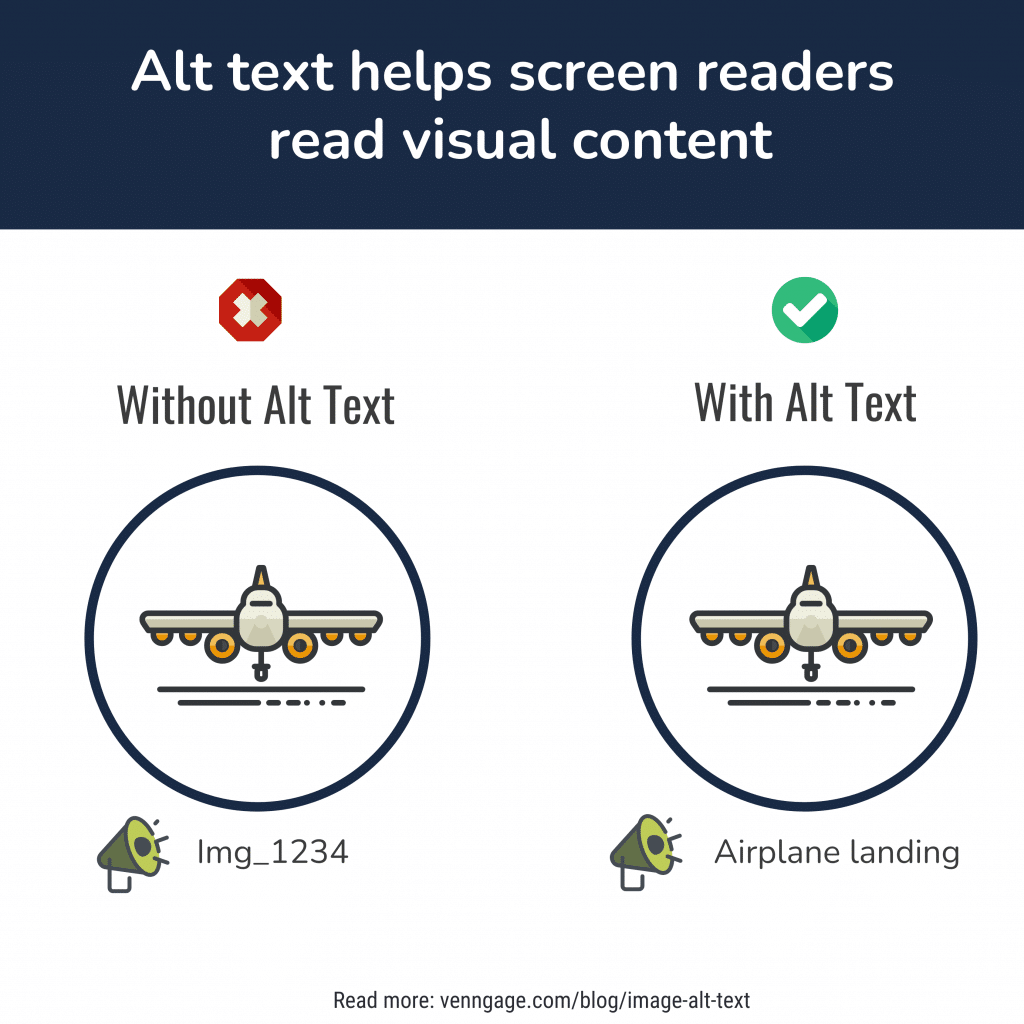
Common On-Page SEO Mistakes to Avoid for SMEs
Even with the best intentions, it’s easy to fall into common SEO pitfalls. Here are some mistakes to watch out for and how to avoid them.
Keyword Stuffing
Keyword stuffing involves overloading a web page with keywords in an attempt to manipulate search engine rankings. This tactic disrupts the flow of your content and makes it difficult to read. Moreover, search engines have become adept at recognising and penalising this practice, which can negatively impact your SEO efforts.
To avoid keyword stuffing, focus on creating high-quality content where keywords fit seamlessly and using an effective keyword strategy. Write with your audience in mind, and let keywords flow organically. This approach improves readability and aligns with best practices for SME SEO.
Overlooking Mobile-Friendliness
Explanation: With an increasing number of users accessing websites via mobile devices, having a mobile-friendly design is crucial. A mobile-friendly site enhances user experience and is a significant ranking factor for search engines.
Use a responsive design to ensure your website adapts to different screen sizes and devices. Optimise load times by compressing images and minifying CSS and JavaScript. Simplify navigation to make it easy to use on mobile devices. Following these tips will adhere to SEO advice for small businesses and help improve your search engine ranking.
Neglecting Page Speed
Page speed is a critical factor for both user experience and SEO. Slow-loading pages can frustrate visitors, leading to higher bounce rates and lower rankings.
Optimise your site’s performance by compressing images, leveraging browser caching, and minimising CSS and JavaScript. Use tools like Google PageSpeed Insights to identify and address issues. Improving your site’s speed will help enhance user experience and positively impact your search engine positioning.
By avoiding these common on-page SEO mistakes, you can create a more user-friendly, optimised website that ranks higher in search engine results and attracts more visitors.
Final Thoughts
On-page SEO can make a world of difference for your SME, boosting your visibility and driving more traffic to your site. By implementing these proven tips and techniques, you’ll be well on your way to higher search engine rankings and a stronger online presence.
Ready to take your SEO efforts to the next level with Sydney Digital Marketing? Contact us for expert advice and professional support to help you achieve your digital marketing goals.

Article by
Ben Kinnaird
General Manager / Sports Nut / Dad
Our captain of operations, Ben has over 15 years of experience in sales, marketing and all things digital. Before joining SDM in 2014, Ben worked as the Head of Marketing for Reebok APAC.[…]


